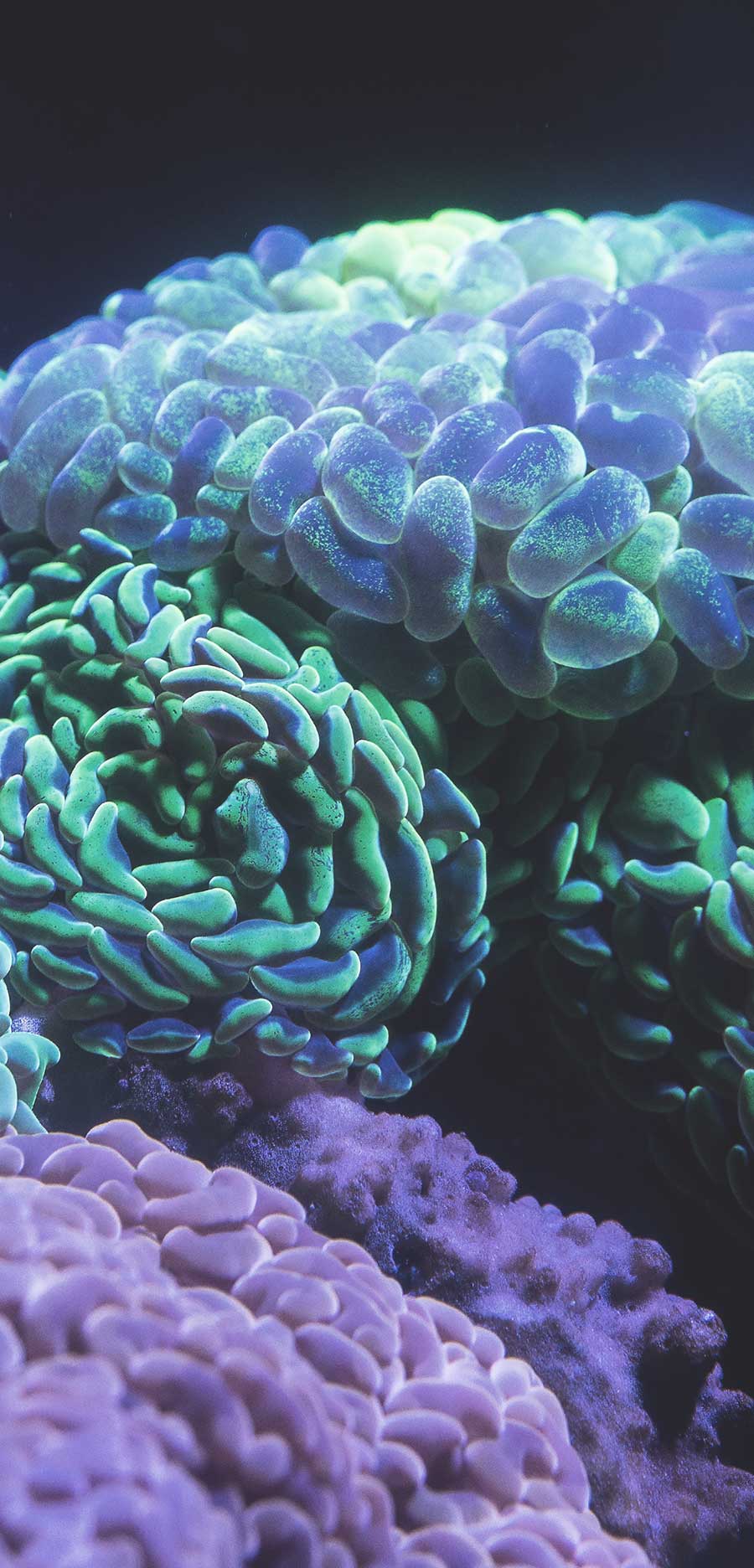Episode #3 Growing into Coherence
Of the four steps to conscious evolution and the paradigm shift that we need, this is the one that most people have explored at some point.
This is the place where we shift our brain patterns from beta pattens to theta, delta or – rarely so far, but I think it’ll become more frequent – gamma. This is where we make the most of the fact that what fires together wires together so that we can begin to have more control over what we think and what we feel, so that in the end, we can reshape both. This is where we learn to focus our attention, to build a clear and concise intention; where we remember what it is to balance on the knife edge of the moment and free ourselves up from the endless iterations of our fears of the future or despair at the past.
This, effectively, is where we find what it is to be the best of ourselves. And the good news is, this is the easiest bit to work on – it just takes time. So we’ll explore the beginnings of this – of what we can do and why, and what the implications might be for our integration and our end goal of conscious evolution. And then in the next episode, we’ll look explicitly at how we can do it.
In this third episode of the Accidental Gods podcast, we dive more deeply into what Growing into Coherence actually means and how we might approach it.

For those of you who prefer to read, rather than to listen, this is the written version of episode 3 of the podcast
growing into coherence
No problem is solved from the mindset that created it, but, while our current mindset is clearly not up to the task of solving the myriad crises, emergencies and frankly devastating horror that assails many parts of our world – we CAN change our mindsets.
Neuroplasticity is key to this and to our quest to be the best of ourselves and one of its key principles is Hebb’s postulate, or Hebbian plasticity after Donald Hebb who proposed it back in the 1940s…. Which was quite astonishing at the time given the limited diagnostic kit they had then.
This is what he wrote:
“The general idea is an old one, that any two cells or systems of cells that are repeatedly active at the same time will tend to become ‘associated’ so that activity in one facilitates activity in the other.
When one cell repeatedly assists in firing another, the axon of the first cell develops synaptic knobs (or enlarges them if they already exist) in contact with the soma of the second cell.”
It sounds quite arcane to us now, but it’s been boiled down to the modern aphorism ‘what fires together wires together’.


the liberation of plasticity
And this is really crucial – and innovative. When I was a vet student, we were taught that neuronal architecture was static. Everything else was plastic – bone, muscle, skin, even cartilage, to some extent, but nerve cells were static. We believed it – although looking I don’t quite know why we did, just that as a student, your job is to absorb stuff, not to say, ‘that can’t be right’, even when it’s obviously nonsense.
I don’t know why the lecturers believed it, either, but I think it’s like quite a lot of the scientism that’s around – the stuff that can’t be right, but to grown men – and some grown women – will defend it to the death… because it’s comfortable and it doesn’t disturb their somewhat archaic worldviews. And there’s a kind of safety in believing that you can’t change your own mind – if you genuinely believe your neuronal architecture is static, then you have no responsibility to work on yourself.
But now we know this isn’t true. We know it spectacularly, in all kinds of ways. We’ll look at these in a minute, but first, let’s unpick this basic idea so we all understand it.
Neuroscience 101 – ping-pong balls & straws
And before we do this, we have to say that this is neuroscience 101 – this is like learning physics at school when you built models of atoms with ping pong balls and straws and were shown pictures of atoms with electrons buzzing round them and it all made sense – until you get to university and discover quantum mechanics and string theory and the double slit experiment and the billiard ball metaphor doesn’t work anymore because we’re all 99% vacuum and the tiny bit of stuff that’s there shifts from particle to wave and back again but only when under human observation. (It might do it when whales look at it too, we don’t know that…)
But it works well enough in a world where the chair you’re sitting on is solid and you don’t fall through it or the floor or the planet. And even deep quantum scientists still wait for the lights to cross the road. Nobody thinks they can pass through a speeding car without being flattened.
So, this is the billiard ball version of neuroscience. As with everything, really the reality tends to be more nuanced and a lot more complicated, and we might go down those rabbit holes in much more detail on another podcast if anyone other than me is interested enough, but this is the basic concept and it works at all the levels we need it to, which is to say, those of our day to day experience.


thought circuits – walking in corn fields
Let’s start with what fires together wires together – what this means in practice is that if we have a thought – any thought – say – the climate emergency means we’re all going to die horribly in under ten years, it’s all a disaster – (which is more or less what the Deep Adaptation paper says)
Then first time I have this thought, a particular set of neurones – that is, nerve cells – link up. And the first time they link up those links are not particularly numerous -not many cells involved and not many links between them. But the pattern is there, and the emotional impact that goes with it – all our thoughts have some kind of emotional charge to them.
And if the charge is one that brings me back – particularly if it’s fear-laden, which this one is – then the next time I think that particular thought, the links between the neurones become more numerous – and more neurones come into play. So, the thought gains structure in a way, it becomes more ingrained.
Imagine it as walking a circle in a field. First time, you barely make a dent in the grass. But if you go there every day, and many times each day, you’ll wear a big, wide, deep path… which is roughly analagous to what happens in our brains every time we have the same thought. The more we have it, the easier it is to have and the easier it is, the more often we have it. And not only is it easier, it’s addictive, because we get little dopamine hits if we cycle through a familiar set of emotional gates – poor me, I’m going to die horribly inside 10 years because the evil politicians haven’t done anything about climate change – there’s a familiarity to this and a kind of addiction to recycling around it because the emotional blips become stronger and more reliable.
fast-feeling, slow-thinking
This sequence has two consequences. First is that if I have enough self-awareness to see the thought arising, I can divert it — If this isn’t a useful thought – and, frankly, we’re all going to die horribly in the next decade isn’t useful to anyone – So if I see it coming, I can step off that path.
And then I can either hop onto the next randomly available thought or if I’ve made some preparations, and set something else up as a useful default, I can move to it. Park that idea for a moment and we’ll come back to it when we look at how we can build emotional responses.
In the meantime, let’s look at how we might see the thoughts coming – because we often don’t, particularly if they’re highly emotionally charged – emotions tend to grow out of our brainstem – our amygdala, our thalamus and hypothalamus, all the areas that are loosely called our paleo-brain… where the response time is an order of magnitude faster than our ability to actually reason things through. That’s a huge time span – 10 milliseconds compared to 120 milliseconds sounds like nothing, but it’s the difference between an hour and a day or a day and a fortnight or a month and a year.
So this is a side alley in our understanding of neuroscience but it’s well worth remembering – under normal circumstances, every single decision we make is made at the level of our amygdalas and then fed to our cerebral cortex which then grasps at reasons that enable us to feel self-righteous. Every. Single. Decision – from what to eat to what to wear to who to vote for (and why) to who to enter into relationship with, to where to live… all of these are made in the fast, powerful ancient parts of our brains and our thinking minds catch up later.
Unless – we find ways to settle our thinking minds – to let the murky water clear – so that our awareness can rest on the activities of our brainstems and we can feel these impulses as they begin to arise.


lava lamps – bigger really is better
I have another image, this time of a lava lamp – and I’m glad to say these are back in vogue – not because I think they’re attractive – I really don’t – but because I like the image of the glowing coloured bubble of oil glooping slowly up from the base to burst at the top.
In most of us, the lava lamp is really, really small and stubby and the gloop blips up and out and bursts over everyone and it’s pretty ugly and messy – I think I’m not alone in being overwhelmed by feeling on occasion. But – one of the many things we can learn to do is to clear our conscious minds so we can see what’s coming – and we can delay its rising so we can step out of the way – in my image this is the lava lamp getting bigger, longer and the fluid more viscous so the bubble might be the same size when it erupts from the base but it takes a lot, lot longer to reach the top and I have time to step out of the way – I don’t have to scream or shout or cry or slam doors or say something hurtful or whatever it is that’s being pushed from below – and – again – if I have a default to settle to, I can choose to settle to that. And, because what fires together wires together, the basic process of doing this – the watching of our own process and the stepping back from immediate reaction, becomes a behaviour that becomes easier over time.
UNWIRING THE UNWANTED – STEPPING OFF THE RACE TO THE BOTTOM OF THE BRAINSTEM
And – the other interesting thing is that if what fires together wires together, then it also follows – and is true – that what doesn’t fire, gradually unwires. Not completely – those tracks are still there and we can slip onto them, but they’re less big and deep and addictive – and we generate a whole cascade of alternatives because the less we go around and round the same track, the more of our neuronal architecture is freed up to make other connections in other ways – open to more creativity and connection with other people and all that makes life worth living.
So here’s a factoid – someone’s post grad researcher had way too much time on their hands, because apparently we have between 70 and 100 thousand thoughts every day – I guess that depends on what counts as a thought and how long we’re awake, but anyway – it’s a lot of thoughts – and 98% of them are exactly the same as the ones we had yesterday.
We can argue about that stat, too…. But there’s a very interesting meditation we can do for a few weeks where we sit for around 10 minutes and write down every thought we have. And then check how many of them were original – it’s a sobering experience. Though at least we can begin to stop thinking the more obvious ones…
And then we can imagine what life would be like if we let go of the thoughts we don’t need – and what it would be like if the neurones involved in those thought patterns were free to be used elsewhere and – hard problem of consciousness aside – this is probably not a bad way of looking at the world.
And if we let go of the thoughts we don’t want, we can then decide what we do want to do with that spare capacity – we can default to the next most obvious thought OR we can set up our won defaults – a feeling set that we choose to have that will help us towards our goal of becoming the best of ourselves. And if we’ve practiced this in meditation/visualisation, then, because what fires together wires together, we’ll be able to do it — feelings are habits too and we’re beginning to know how to work with these. So we can choose our new defaults that keep us balance on the knife edge of the moment, in full awareness, in the joy and wonder and gratitude of life. And I promise you, life becomes better if we do this…
Until the next time, then, when we’ll look more deeply into the specifics of how we can Grow into Coherence… and what that actually means (!)

SHARE YOUR THOUGHTS!

STAY IN TOUCH
For a regular supply of ideas about humanity's next evolutionary step, insights into the thinking behind some of the podcasts, early updates on the guests we'll be having on the show - AND a free Water visualisation that will guide you through a deep immersion in water connection...sign up here.
(NB: This is a free newsletter - it's not joining up to the Membership! That's a nice, subtle pink button on the 'Join Us' page...)
0 Comments